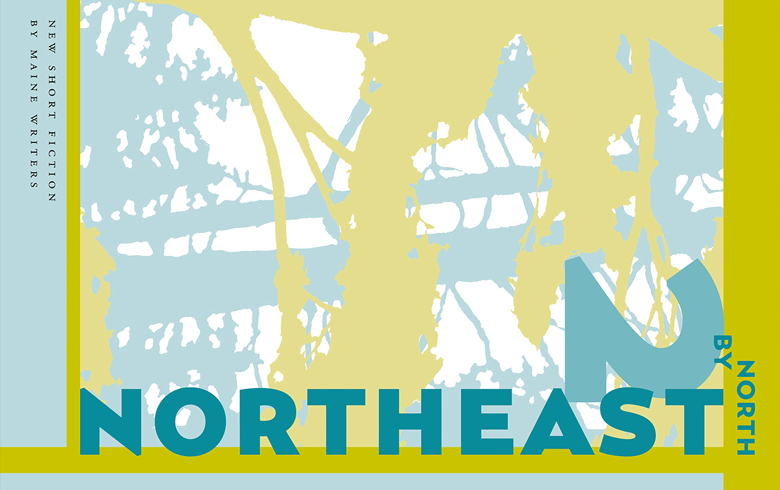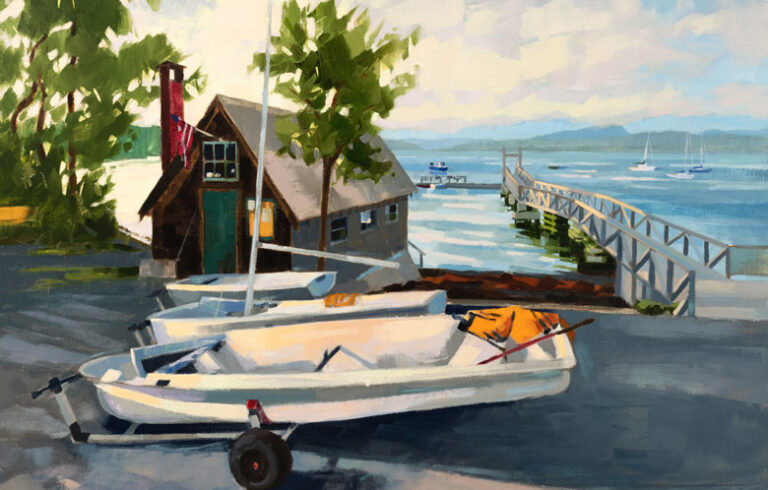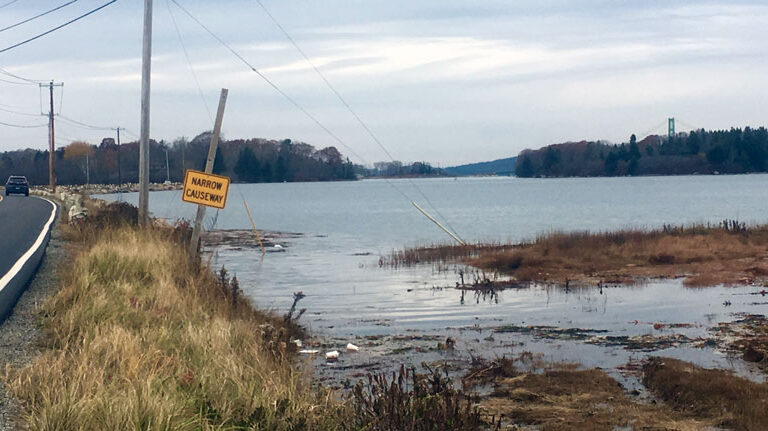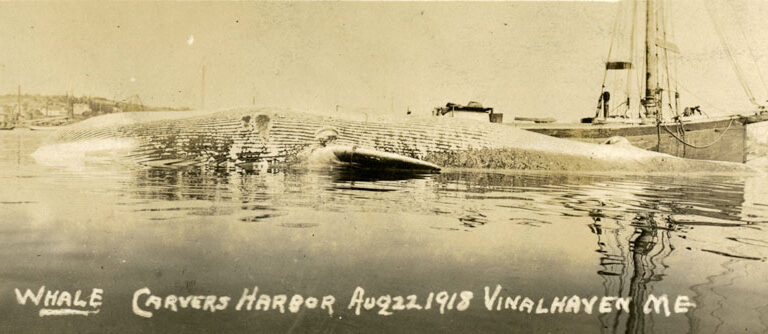Most of the 16 stories collected in North by Northeast 2: New Short Fiction by Maine Writers are set in Maine, and most of them approach their subject matter fairly realistically. Some, though, go outside the boundaries of conventional realism.
Several stories by contributors to North by Northeast 1 (published in 2019) give us familiar, down-to-earth characters, settings, and scenic narratives.
Jodi Paloni’s “An End to It” discloses the late developments in the family history of her couple Vera and Axel, from volume 1. Joshua Bodwell’s Gooch, owner of the Gray Gull bar that was the center of turmoil in Bodwell’s volume 1 story, bumbles into trouble with health inspectors in “We Are the Tide.” And Robert Diamante stretches his insightful Portland realism into oddly plausible surreality in “Never Buy a Used Cat,” in which a homeless man living secretly in a basement becomes a nerve-wracking oracle for a slightly neurotic gay apartment dweller.
The narrator and her husband buy a rug in a Turkish carpet shop, and then randomly meet a café waitress…
A less conventionally realistic narrative—yet vibrantly real—is Annie Seikonia’s “Love in the Time of COVID-19.” In a kind of dialogue of journal-like entries, “Beast” and “Belle” depict the disruption of their developing love affair amid the pandemic shutdown of 2020.
Belle’s entries are poignantly self-analytical-critical, while Beast’s report emotions and pandemic developments, not insensitively, but with a harder objectivity. They decide to move from the city to upstate Maine to escape, but can’t escape themselves.
Less conventional still is Linda Buckmaster’s “Short Shorts,” an assemblage of nine one-to-two-page narratives, each told by a different woman. They range in setting from Detroit, Maine, to South Boston, North Carolina, and Texas, and recount painful, twisted, distressing, and quirky events from each woman’s past.
The author’s short preface to the stories, which in a way abbreviates her own story of crossing America in her baby-boomer youth, seems to imply that the narrators and their stories are based in real life. Anyway, this is to me one of the most affecting pieces in the collection.
Also striking, in part probably because of my personal familiarity with Istanbul, is “The Anatolian Girl” by Anne Elliott. Few stories in my reading experience capture so evocatively the sense of nervous fascination that many Americans carry into other countries.
The narrator and her husband buy a rug in a Turkish carpet shop, and then randomly meet a café waitress whose story mirrors the story the carpet seller claimed is woven into the rug. Just after the purchase, the narrator nervously overthinks her connection to the rug: “Maybe I need an amulet, a code word to lay at my door. I will work it up in my hands. Read this. This is the truth I will not say. This is what I am thinking. This is the truth you might not want to hear anyway, so I repeat.” A whole psychic, not to mention aesthetic reality is evoked here.
To me the most skillfully written story in the collection is Rita Doucette’s “Why We Burn Our Fields.” The literary genre “magical realism” is difficult to master convincingly—meaning the magic and the realism in the story seem seamless—but this story’s surreal picture of what it’s like to live through rural Maine winter succeeds.
The narrator is an observant, ironically engaged woman living somewhere in the Maine woods amid neighbors of her own middle social class and perspicacity. She’s preoccupied with enduring “the plague,” which seems to be a magical version of the dreamlike, emotionally tangled psychic claustrophobia educed by Maine winter. It consists of knotty sexual tensions (wryly figured in the wives’ competition to “move the room” of men), deception (the women practice different kinds of smiles to hypnotize the men), death (both fantasy and concrete, not always distinguishable), and all kinds of semi-real and semi-unreal experiences, such as black snow and indifference to burning homes.
The plague is incompletely cleansed each early spring when everyone turns out to burn their fields. If Gabriel Garcia Marquez had lived in rural Maine instead of Colombia, his stories might have looked like this. Extraordinarily deft writing.
Overall the stories in North by Northeast 2 reveal somewhat less about the peculiarities of our north-by-northeast perspective than did those of its predecessor volume. But the diversity of voices is a welcome addition to the grapples with reality we’re having here in 2021.
Dana Wilde is a member of the National Book Critics Circle.





